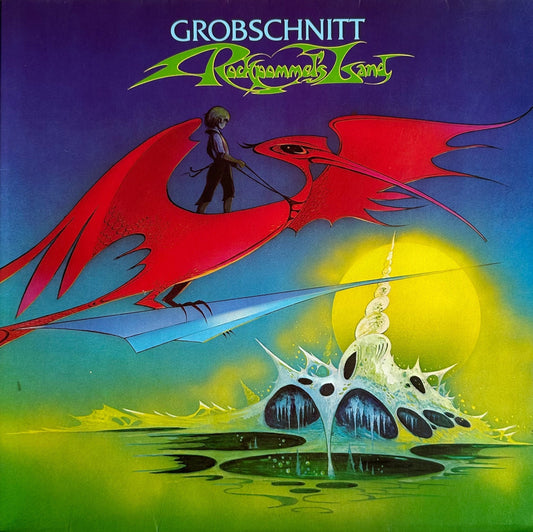I remember years ago when one of our more obsessive customers drove a 100 miles to visit us in hopes of offering some enlightenment to Stan and I. The claim was that this person had discovered a new product idea that made a world of difference and wanted to both share it with us and get our advice on how to market it - so excited was he about this discovery.
We were both curious as to what marvel was being shown to us when out of a well sealed box was drawn, with some fanfare, a large and solid stone brick with a pad of rubber on the bottom. "Your discovery is a brick?" He insisted we listen to his brick placed on and off our preamplifier - and indeed when the brick was on the preamp the sound was noticeably improved - off it was worse.
"This isn't just any brick. After a lot of tests I have figured this particular type of stone is the best. I intend to have it polished and packaged properly and wonder how much you think I could sell this for?"
We tried hard to explain to this well meaning fellow that what he had discovered was a way to damp the chassis of the preamp and lower vibrations caused by the loudspeakers in the room. The quality of the brick was all about how dead and heavy it was relative to another type of stone and charging a lot for a polished brick was, well ...... But trying to convince him there was no magic to be had was a tough chore.
As Audiophiles we go to great lengths to help wring out the most from our systems and doing what we can to reduce microphonics through lowering vibrations to the equipment is a worthwhile endeavor if it is done in a way that makes sense. Everything in our system is somewhat microphonic from wires to PC boards but some makes more of a difference than others.
Decoupling the source of the vibrations, the speakers, from the room is a great place to start. I have seen every scheme from hanging the speakers with ropes from the ceiling to simple spikes that reduce the area of contact to a minimum. And while it's a good idea to do what you can, I don't personally think it's worth a whole lot of effort because at the end of the day the majority of problems with microphonics occurs through the air.
One of the most effective vibration/microphonic reduction techniques you can use is lowering the impact on source equipment and anything that has a vulnerable signal that starts out small and gets amplified from there - because the amount of added ghost signal from the speakers increases by the amount of amplification.
Let's jump into that tomorrow.
Let








